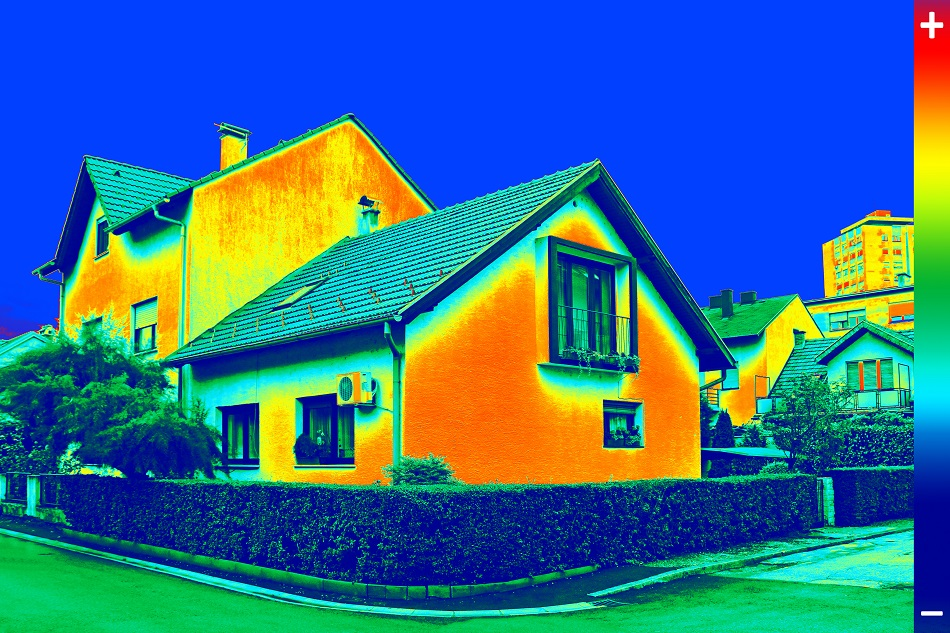
Image Credit: Ivan Smuk/Shutterstock.com
Graphene is the miracle material that is predicted to change the world or at least change the materials we currently use. It has endless, exciting possibilities and it is surprising that despite the fact there had been attempts to study graphene as early as 1859, it was only in 2004 that professors Andre Geim and Kostya Novoselov effectively extracted graphene from graphite and earned the Nobel Prize for Physics.
However, graphene is relatively hard to produce and is expensive, so research has focused on cheaper, and more easily obtained graphene derivatives. Graphene Oxide is a single-atomic layered material, produced by oxidizing graphite, which is very easily sourced. It is thought of as easy to process since it is dispersible in water (and other solvents), and it can also be used to make graphene. Graphene oxide is being used in many novel applications from batteries to using it in three-dimensional scaffolds to support regenerating cartilage.
One recent development has produced graphene oxide aerogels using 3D printing technology. Aerogels are low-density, gel-like materials that have a liquid or solid component replaced by a gas, for example, the water component replaced with air. They are strong and light and have many uses, such as thermal and optical insulators. Graphene aerogels are of particular interest because of their additional properties such as high compressibility and conductivity and could provide a superior material for use in electronics and batteries. Initially, a graphene aerogel was 3D printed using a laser but in a form that limited its usefulness. Three Chinese professors, Chi Zhou, Dong Lin, and Qiangqiang Zhang managed to create it in another form; with a structure that weighs only 0.5 milligrams per cubic centimeter. Using a novel freezing method, they can control the shape and also the properties of the aerogel.
A graphene aerogel has outstanding performance as an electrical conductor and insulator but it is not limited to optimizing electronics. Its remarkable thermal and sound insulation properties, ultra-high porosity, and inherent flame retardation mean that it could have a wider variety of applications. The problem is that the aerogels are not mechanically strong and have been produced in small sizes. However, a team of researchers from the Beijing Institute of Technology and Tsinghua University has developed a novel sol-gel process to produce a graphene oxide aerogel “wall”. The wall may be only a few inches long and only an inch thick but they believe that the process is infinitely scalable, meaning it could be a multifunctional structural material for aircraft, vehicles, or even buildings. Researchers at Virginia Tech and Lawrence Livermore National Laboratory believe an enhanced 3D printed process they have developed for graphene aerogels could deliver the same outcome.
Some of the advantages of these graphene aerogels could be available sooner than expected. While not strictly an aerogel, scientists in Stockholm University in Sweden have produced a super insulating, fire retardant foam by freezing together cellulose nanofibers, graphene oxide, and clay nanorods. The resulting material retains the insulation properties of an aerogel but is mechanically stiff, fire retardant, and an excellent sound insulator. It significantly outperforms conventional insulation materials. Only half the amount of the new insulator would be required to provide the same level of insulation as something like expanded polystyrene.
The scientists have produced the material by freeze-casting together the three nano-size materials. The clay acts as a fire retardant, the graphene oxide gives it strength as well as being fire retardant, and the nano cellulose is a support material, which also adds additional strength and insulation properties. Finally, the fourth component is boric acid that reduces sensitivity to moisture. Team leader Lennart Bergström believes it is the use of nano-sized materials that deliver many of the advantages of an aerogel while being cost-effective. Nanocellulose is inexpensive and its availability is increasing along with graphene oxide and the clay nanorods. The challenge now is to develop a mass production process as the freeze casting method cannot be upscaled to the level required. The team believes the new material could be used in new or even older buildings and could provide high-performance, low mass insulation, keeping things warm or cool with built-in fire safety for a wide range of applications. The US and Europe are using legislation to phase out brominated flame retardants as they are bioaccumulative and toxic to both humans and the environment. This new material promises a safer and more efficient alternative.
Sources and Further Reading
Disclaimer: The views expressed here are those of the author expressed in their private capacity and do not necessarily represent the views of AZoM.com Limited T/A AZoNetwork the owner and operator of this website. This disclaimer forms part of the Terms and conditions of use of this website.